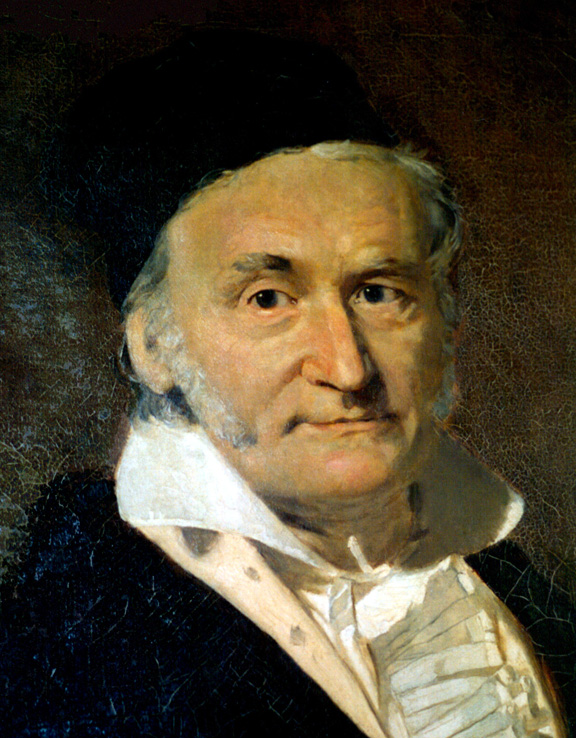- Reminder: please shut down your electronics.
- You will have a quiz today, at the end of class.
- Please read chapter 6 for Monday.

Once again, rock groups give us a formula for representing triangular numbers. So let's go through the reasoning for the housekeeper's answer, which is that the nth triangular number is
- Is 1 prime or composite? Neither -- perhaps that's why it's so lonely....
- Prime Numbers: breaking numbers down by multiplication
- What is a prime number?
- A natural number that can be divided evenly (that is, without remainder) by only two distinct natural numbers: 1 and itself.
- NOTE: when mathematicians say "distinct" natural numbers, they mean that they need to be different; and so the number 1 is not prime.
- We can find the primes using the Sieve of Eratosthenes (here's an animation)
- Prime Factorization Theorem:
- Every natural number greater than 1 is either prime, or it
can be expressed as a product of prime numbers (in one
and only one way -- order of the product aside).
- Examples:
- 42=2*21=2*3*7
- 8=2*2*2 (prime factors can repeat)
- 1729 = 7*247 = 7*13*19 (Now it's probably time to get out that calculator!)
- Let's try one, using a tree to store the factors: let's do 84.
- Here's a rule you can count on: "If you can't factor by any prime less than or equal to the number's square root, then the number is prime."
- 127: its square root is approximately 11.27. We don't need to go past 11 to find its factors. Are there any?
- The general procedure (and one that we'll see
repeated time and again in mathematics):
do it once, then do it again, and again, and again.... until done (or tired).
- Upshot: We can "decompose" (or factor) natural numbers using prime numbers and products, and we can do it in a unique way.
- Every natural number greater than 1 is either prime, or it
can be expressed as a product of prime numbers (in one
and only one way -- order of the product aside).
- What is a prime number?
- Twin primes